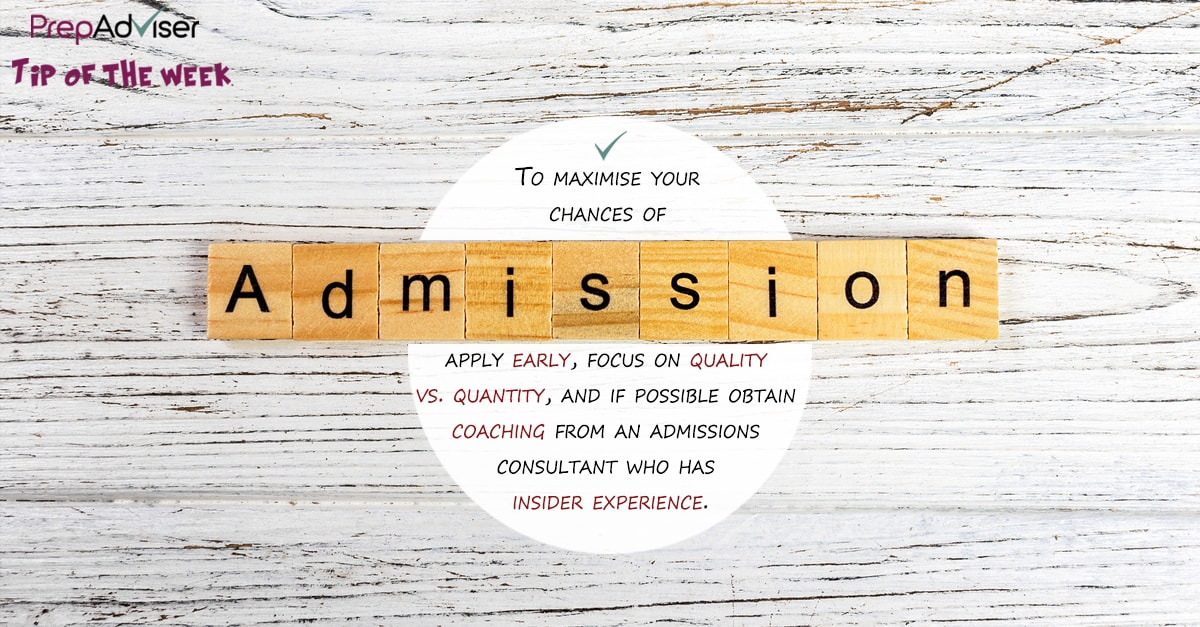Not quite! Many candidates become overconfident after the first meeting with the business school’s admissions office, and then are dismayed when they receive a rejection letter. To help you understand what could go wrong with your application it is helpful to know how admission decisions are made at business schools, who makes them, and what you can do to influence them in your favour.
Even though the exact admissions procedures differ between business schools, your application will likely go through the following five distinct phases. With whom are you going to interact at each stage, and whose opinion counts? Find out below.
Stage 1: School selection
Your first contact with a school’s representatives, on- or off-campus or by phone, will probably be with the school’s recruiters. Recruiters often work at admissions offices, and sometimes perform the dual roles of recruitment and admissions. However, at this stage their objective is to attract as many qualified applications as possible.
As at this early stage they have limited knowledge of your work and education history, recruiters will normally encourage you to apply to their school, thus ensuring that the school’s admissions committee will have the largest pool from which to select the best candidates. However, if recruiters see clearly that there is no match between your expectations and the programme offering, or if your profile clearly fails to meet the admissions requirements, they will let you know. Remember though that an invitation to apply in no way indicates your likelihood of admission. It means simply that you fit a broad range of the school’s criteria for candidates.
Stage 2: Preliminary assessment
Once you start narrowing down your list of targeted B-schools, you will need to be able to assess whether the schools are the right fit for you, and if you have what it takes for admission.
Some business schools, such as Queen’s Smith School of Business (Canada) and EDHEC Business School (France), offer free preliminary evaluation of your profile. An admissions representative will review your CV/resume and unofficial transcripts, will discuss your work and education history (and anything else that may be relevant to your application), and will recommend a course of action to prepare a successful application. This preliminary profile evaluation can be in person, by phone, or via Skype.
If this service is not available at your targeted business school, you can obtain a preliminary assessment from an experienced admissions consultant. Many companies, including Admit Master, offer this service for free.
Another great thing you can do is reach out to student and alumni ambassadors to learn about their experience in the programme and/or after graduation. Many B-schools will be happy to connect you with their ambassadors. University of Michigan’s Ross School of Business (US), for example, lets you search their ambassador database and filter by programme, career interests, student clubs, citizenship, etc., so that you can connect with a current or former student who has a profile similar to yours.
Stage 3: First review
Once your application has been submitted, it will be read by one or two admissions officers. The person reviewing your application may or may not be one of the recruiters you met with earlier, so focus on preparing the best possible application and assume that the person reading your documents knows nothing about you.
During this pre-selection process, admissions officers can also consult with faculty members or the programme director as well as career services representatives for a more precise evaluation of your application.

Stage 4: The interview
Congratulations! If you have been invited for an interview, your chances of admission have increased significantly! Treat the interview seriously, however, as approximately 50% of candidates at most B-schools are rejected after the interview.
Most interviews are conducted by one or two school representatives, although their job titles will differ from school to school. At Queen’s Smith, for example, you would be interviewed by an admissions director and a career coach, both of whom will have read your application in its entirety. At Michigan’s Ross, you would be interviewed by second-year MBA students, who have only had access to your CV/resume, not your essays or any other parts of your application. There, you can also attend an optional (but highly recommended) Group Interview on campus, when current Ross students will evaluate your communication and teamwork skills. At IMD (Switzerland), you will attend an Assessment Day that will include a personal interview with an admissions and/or career services director, a five-minute presentation, a group business case discussion, lunch with MBA alumni, and a visit to a real MBA class.
Check out: Acing the MBA Admissions Interview
Stage 5: The final decision
The final decision on who will be admitted, rejected, or waitlisted is usually made by an MBA Admissions Committee (AdCom). While B-schools seldom advertise the composition of their committees, most AdComs comprise three to seven people: faculty members, career services representatives, admissions officers who worked on your application file, and maybe some current students and other stakeholders.
The committee reviews all shortlisted files, hears recommendations from admissions officers and other representatives who have evaluated your profile, and makes a final decision, whether that requires a simple majority vote or unanimity. Applications are reviewed not in isolation, but within the context of the class composition – sometimes a qualified candidate could be rejected because the school has already admitted many candidates with similar backgrounds. In later application cycles, the committee also reviews files that were waitlisted in earlier rounds and compares them with applications from the current cycle to select the best candidates from the total pool.
At many B-schools, such as the University of Pennsylvania’s Wharton School of Business (US), the final acceptance decision is then signed off by a senior staff member: the Director of Admissions, Associate Dean, or the MBA Programme Director. If they have any questions or concerns, they may forward your application for an additional review.
Check out: Top MBA Admission Essay Requirements
A few final tips
During the course of the admission process, your application will probably be looked at by five or six different people, who will bring different perspectives to its review. While the final decision is usually made by people whom you have never met, this decision considers input from various stakeholders who interacted with you during your application journey. Be extremely courteous and professional with everyone you meet, even if you think they have no say in the admissions decision. Do not be arrogant or over-confident, but know your value and communicate it clearly. Finally, to maximise your chances of admission apply early, focus on quality vs. quantity, and if possible obtain coaching from an admissions consultant who has insider experience and can guide you through the intricacies of the application process and ensure that your application is nothing short of stellar.



